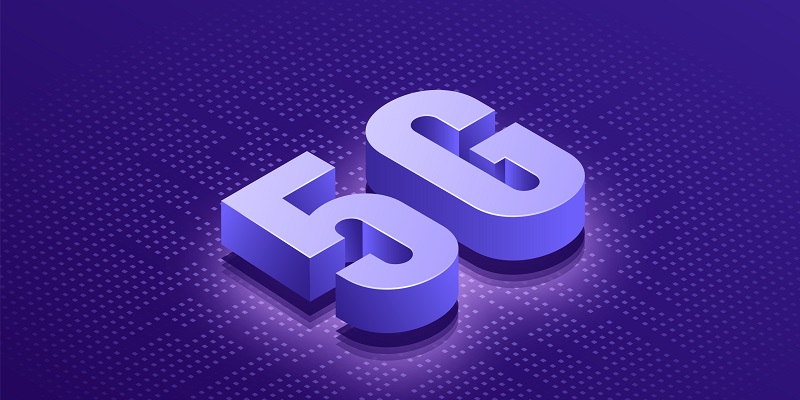Wireless operators are increasingly focusing on deploying indoor 5G coverage in high-density public spaces, transportation hubs, commercial developments, and large venues. However, the traditional distributed antenna system (DAS) used for this purpose is often associated with complexity, resource demands, and a reputation for being burdensome. Enter O-RAN (Open Radio Access Network) specifications, which provide a solution for indoor 5G coverage that overcomes these challenges and offers multiple benefits. In this article, we will explore the advantages of leveraging O-RAN for efficient indoor 5G coverage and its potential to revolutionize the deployment process.
Traditional DAS Challenges for Indoor 5G Coverage
The conventional DAS requires radios with a baseband unit connected to the core network outside, leading to logistical complexities and resource-intensive installations. These challenges make it crucial to explore alternative solutions that can seamlessly meet the growing demand for indoor 5G coverage.
O-RAN Specifications for Indoor 5G Coverage
Unlike traditional DAS systems, O-RAN specifications call for a digital fronthaul infrastructure, eliminating the need for analog-to-digital conversions and bulky converter equipment. This transition to an all-digital system simplifies the setup process and reduces the complexity of deployments. O-RAN-based DAS solutions enable many network features to be driven by software rather than hardware. This flexibility allows for easier customization, upgrades, and future-proofing of the infrastructure, ensuring compatibility with evolving 5G technologies and standards.
Benefits of O-RAN-based DAS Solutions
O-RAN-based DAS solutions significantly reduce the headend’s rack and floor space requirements compared to traditional analog DAS. In fact, some implementations can reduce space requirements by nearly 90 percent. This not only saves valuable real estate but also allows for greater versatility in the choice of installation locations.
Lower operating and HVAC power consumption
By leveraging digital fronthaul infrastructure, O-RAN-based DAS solutions consume approximately 50 percent less operating power compared to conventional DAS systems. Additionally, they require 50 percent less HVAC power for cooling. These energy efficiency gains contribute to lowering operational costs and carbon footprint.
The reduced number of components in O-RAN-based DAS solutions, stemming from their all-digital nature, translates into fewer potential points of failure. This enhanced reliability ensures improved network availability, minimizing downtime and delivering consistent indoor 5G coverage.
Expanded installation locations
With the diminished space requirements of O-RAN-based DAS solutions, the range of viable installation locations expands. Deployments can now be considered in spaces where traditional DAS architecture would be impractical or infeasible, leading to more comprehensive indoor 5G coverage.
Intelligent power allocation
Intelligent management capabilities within O-RAN-based DAS solutions allow for dynamic power allocation based on requirements. This means that power is allocated where and when needed, optimizing efficiency and reducing electricity consumption. Additionally, the network can power down during idle periods, further conserving energy.
The advent of O-RAN has opened up new possibilities for efficient deployment of indoor 5G coverage. By leveraging digital fronthaul infrastructure, software-driven features, and intelligent management, O-RAN-based DAS solutions offer compact and powerful alternatives to traditional analog DAS systems. These advancements result in significant space and energy savings, increased reliability, and expanded installation flexibility. As wireless operators strive to provide seamless indoor 5G coverage in high-density areas, embracing O-RAN presents an opportunity to overcome the challenges faced by traditional DAS systems and unlock the full potential of indoor 5G connectivity.

